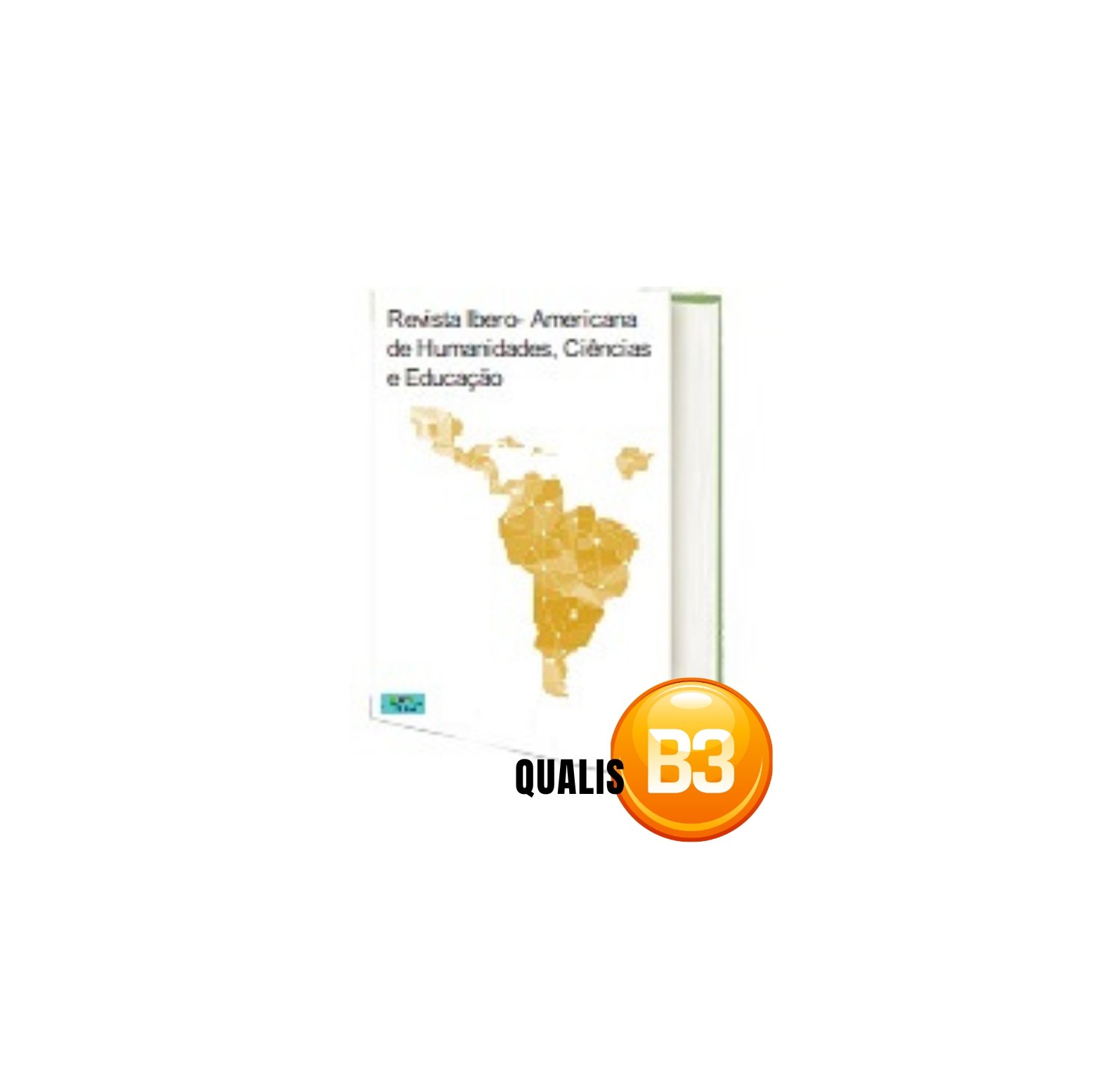HIGH FLOW NASAL CANNULA: RECOMMENDATIONS FOR DAILY PRACTICE IN CRITICAL CARE
DOI:
https://doi.org/10.51891/rease.v9i2.8577Keywords:
High flow. Nasal cannula. Critical care.Abstract
Introduction: The use of high flow nasal cannula in the critical care of adults has grown exponentially. Studies developed in this field show its effectiveness in a diverse range of situations. The physiological benefits and comfort provided by this therapy renders it as a strong alternative to non-invasive mechanical ventilation. The performance of the professionals can influence the success of the therapy and the patient's outcome. Objective: To map the scientific evidence available on recommendations for daily practice in the critical care of patients undergoing high flow nasal cannula. Methodology: A scoping review was performed according to the guidelines of the Joanna Briggs Institute. The research was performed on the EBSCOhost© platform, on the medical information database UpToDate® and in specialized magazines and journals, with a time frame limitation for publication between the years 2018 and 2022. The selection was made on an inclusion and exclusion criteria, with a total selection of 7 articles. Results: The results obtained refer to the use of high flow nasal cannula in the following situations: acute hypoxaemic respiratory failure; during breaks from non-invasive mechanical ventilation; in post-operative patients or in nonsurgical patients at low/moderate risk of extubation failure. The success/failure of this therapy is strongly related to the training and experience of the professionals, the respiratory rate values and also with the oxygenation/ventilation parameters in the beginning of therapy. The use of the Respiratory Rate-Oxygenation Index, the control of the fluid balance and early positioning of the patient in prone position are important tools to avoid and prevent the failure of the therapy. The air-oxygen flow must be optimized up to a maximum of 60L/min, then adjusting the fraction of inspired oxygen to the target saturation for the patient. It is also possible to assess that the use of lower temperature air-oxygen values promotes greater comfort and tolerance. Conclusion: This study provided further knowledge about recommendations for daily practice in the critical care of patients undergoing high-flow nasal cannula. It is important to develop more studies based in higher level of evidence, which will support the clinical practice in the approach to critical care on patients undergoing high flow nasal cannula. It will support and allow the development of recommendations/ guidelines to improve the clinical practice.
Downloads
Downloads
Published
How to Cite
Issue
Section
Categories
License
Atribuição CC BY

